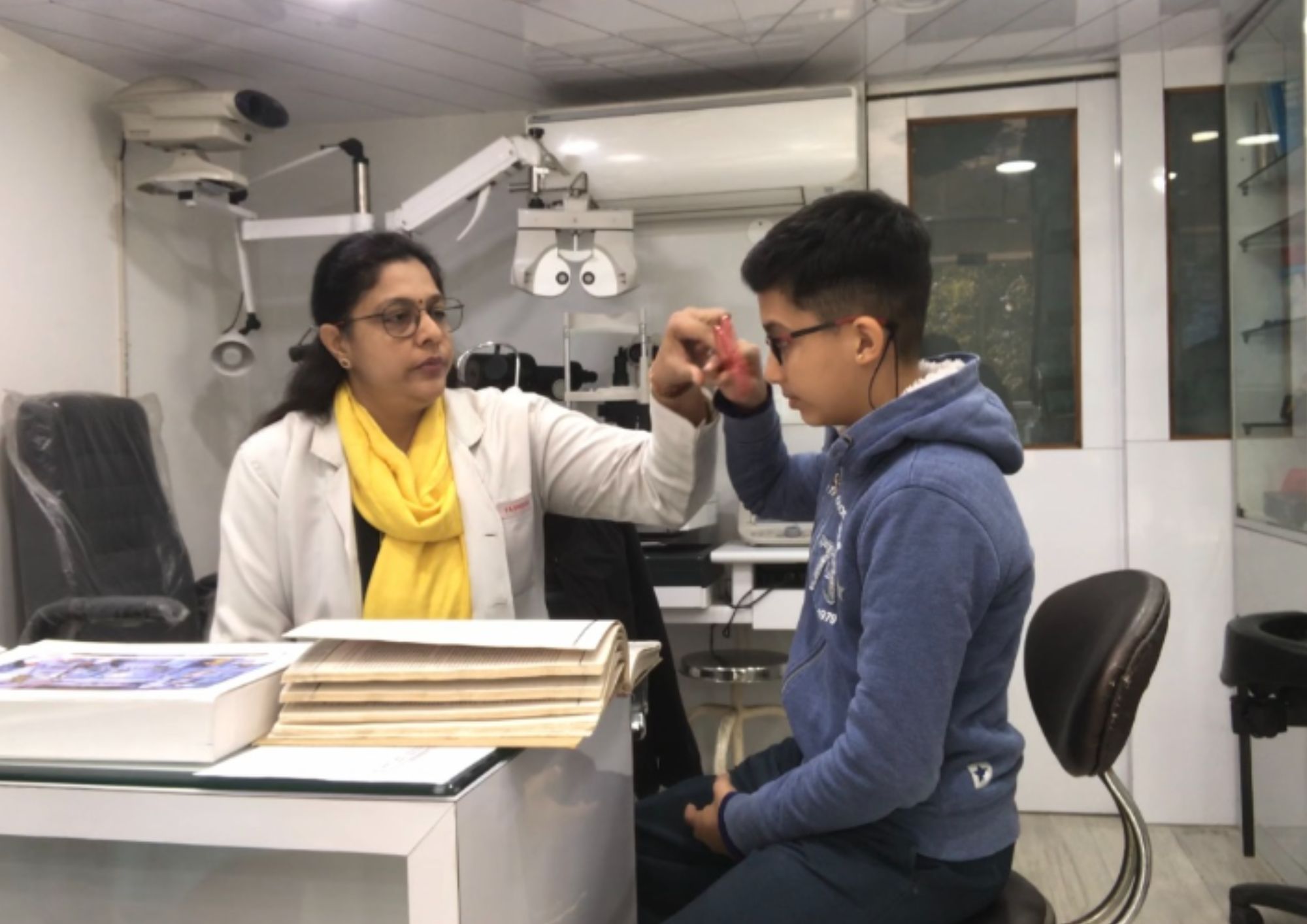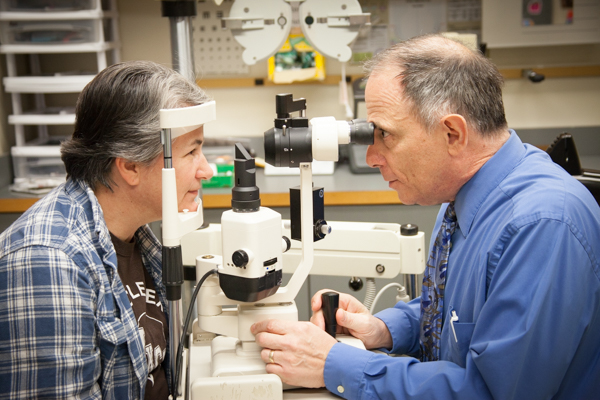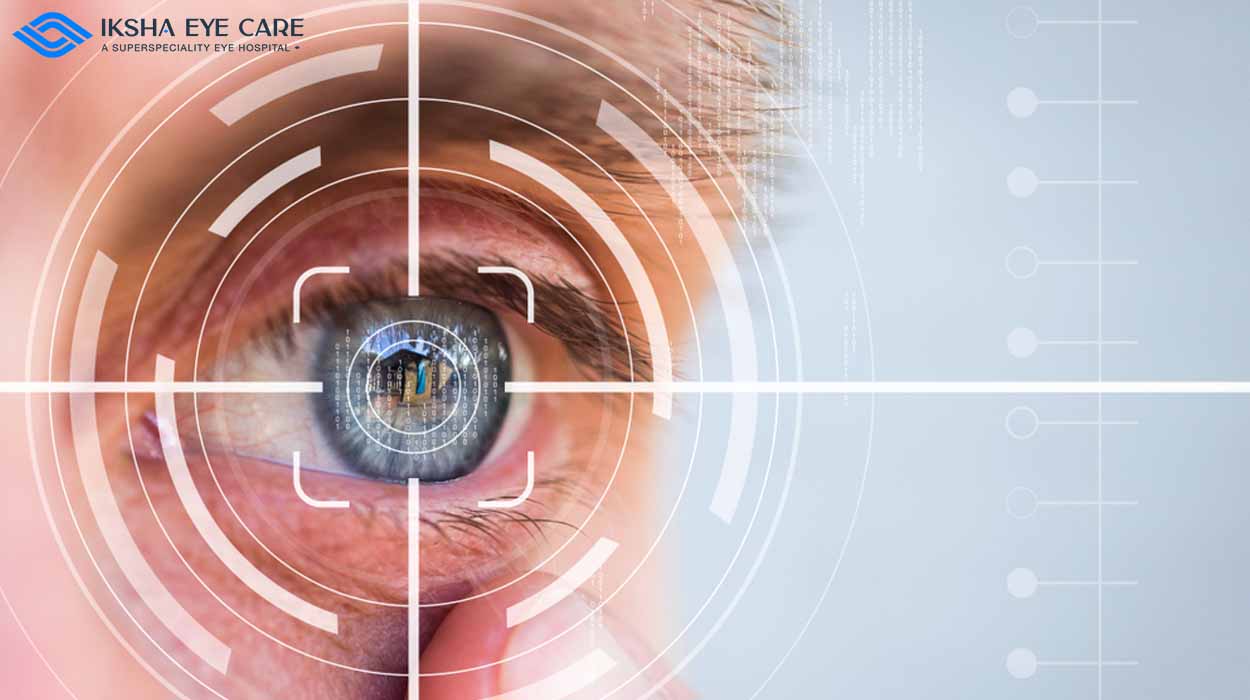High-Quality Retina Service Near Me: Leading Eye Care Providers
High-Quality Retina Service Near Me: Leading Eye Care Providers
Blog Article
The Role of Advanced Diagnostic Tools in Identifying Eye Disorders
In the world of ophthalmology, the usage of innovative analysis tools has changed the very early recognition and management of different eye disorders. From detecting refined changes in the optic nerve to keeping an eye on the progression of retinal conditions, these modern technologies play a pivotal function in boosting the accuracy and efficiency of diagnosing ocular problems. As the demand for accurate and prompt diagnoses continues to grow, the assimilation of advanced devices like optical comprehensibility tomography and visual field testing has actually become vital in the world of eye treatment. The complex interplay between modern technology and ophthalmic methods not only clarifies intricate pathologies yet likewise opens up doors to customized treatment approaches.
Importance of Early Diagnosis
Very early diagnosis plays a crucial function in the effective monitoring and treatment of eye problems. By finding eye disorders at an early stage, healthcare providers can supply suitable therapy strategies customized to the particular condition, eventually leading to much better end results for people.

Technology for Finding Glaucoma
Advanced diagnostic modern technologies play a critical role in the very early detection and monitoring of glaucoma, a leading reason of irreversible blindness worldwide. One such technology is optical coherence tomography (OCT), which gives detailed cross-sectional photos of the retina, permitting the dimension of retinal nerve fiber layer density. This dimension is important in assessing damages created by glaucoma. Another advanced tool is visual area screening, which maps the level of sensitivity of a patient's aesthetic area, helping to find any areas of vision loss attribute of glaucoma. In addition, tonometry is made use of to determine intraocular stress, a significant risk aspect for glaucoma. This examination is essential as elevated intraocular pressure can cause optic nerve damages. In addition, newer innovations like making use of artificial knowledge algorithms in analyzing imaging information are showing appealing lead to the early discovery of glaucoma. These see this page sophisticated diagnostic devices allow ophthalmologists to identify glaucoma in its onset, permitting timely intervention and from this source better management of the disease to avoid vision loss.
Duty of Optical Coherence Tomography

OCT's ability to evaluate retinal nerve fiber layer thickness enables exact and objective dimensions, helping in the very early detection of glaucoma even prior to aesthetic area defects come to be evident. Moreover, OCT innovation allows longitudinal tracking of structural changes with time, assisting in tailored treatment strategies and timely treatments to help maintain patients' vision. The non-invasive nature of OCT imaging likewise makes it a preferred choice for monitoring glaucoma development, as it can be repeated on a regular basis without causing discomfort to the individual. Generally, OCT plays an important role in improving the analysis accuracy and management of glaucoma, inevitably contributing to far better end results for individuals in danger of vision loss.
Enhancing Medical Diagnosis With Visual Field Screening
An important component in extensive ocular evaluations, visual field testing plays a pivotal role in enhancing the diagnostic process for various eye problems. By assessing the full degree of a client's visual field, this examination gives critical details concerning the useful integrity of the entire visual pathway, from the retina to the visual cortex.
Aesthetic area screening is especially valuable in the medical diagnosis and management of problems such as glaucoma, optic nerve problems, and numerous neurological diseases that can affect vision. Through measurable dimensions of outer and central vision, medical professionals can identify refined modifications that may suggest the existence or development of these problems, even prior to obvious signs occur.
In addition, aesthetic field testing enables the tracking of treatment efficiency, aiding eye doctors tailor healing interventions to specific clients. eyecare near me. By tracking changes in aesthetic field performance gradually, doctor can make educated choices about readjusting medications, advising surgical treatments, or implementing various other appropriate procedures to preserve or enhance a client's visual feature
Managing Macular Deterioration

Verdict
In conclusion, progressed diagnostic devices play a vital duty in recognizing eye conditions early on. Technologies such as Optical Coherence Tomography and aesthetic field screening have significantly enhanced the accuracy and effectiveness of identifying conditions like glaucoma and macular deterioration.
Report this page